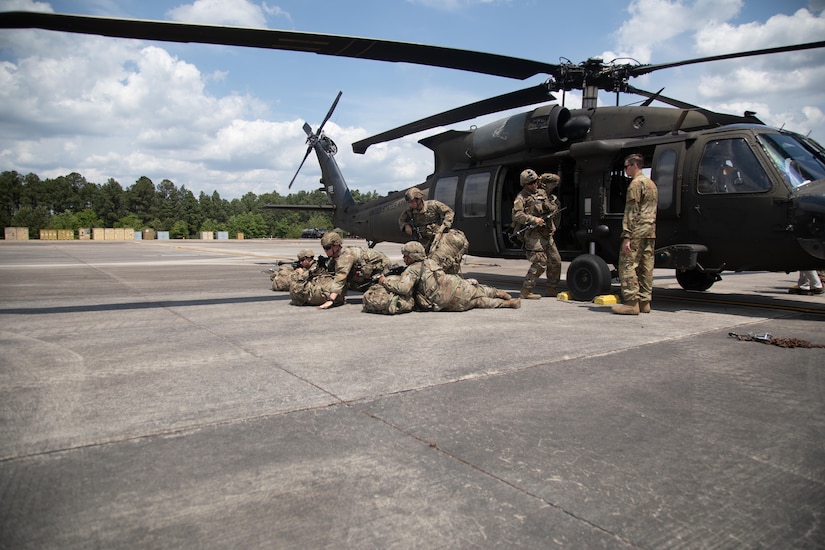May 21, 2021 | , DOD News
The Commission on the Naming of Items of the Department of Defense that Commemorate the Confederate States of America or Any Person Who Served Voluntarily with the Confederate States of America, is more often referred to as the Naming Commission.
Retired Navy Adm. Michelle Howard, the chair of the Naming Commission, spoke to the press today about their mandate and the work they have been doing and what they will do in the future.
As to the work done thus far, Howard said they developed an initial charter to guide the process. They are currently developing the renaming criteria, which will include a meeting with local stakeholders to develop procedures and criteria to incorporate local opinions in regards to renaming assets.

The commissioners, she said, will also meet with installation leadership. "Many of them have already taken some level of planning, and, so we're looking forward to hearing about their work and their local assessments."
Their mandate, Howard said, includes assigning, modifying or removing anything that commemorates the Confederate States of America or any person who served voluntarily with the Confederacy.
Currently, the services are developing and refining the inventory of what meets that criteria for assets such as names of installations, ships, streets and buildings, she said.
Initial focus throughout the summer and fall, she said, is going to be visiting the nine Army installations named, mostly, for those who voluntarily served in the Confederacy. They are: Fort A.P. Hill, Fort Bragg, Fort Lee, Fort Rucker, Fort Benning, Fort Gordon, Fort Hood, Fort Polk, Fort Belvoir and Fort Pickett.
Fort Belvoir was not named for a Confederate general like the others, but was named for a plantation that existed there with slaves that possibly commemorates the Confederacy. It was previously called Camp A. A. Humphreys, named for Civil War Union Army Gen. Andrew A. Humphreys.
"We have to look at when and where the installation or asset was named, and then what was the purpose behind the naming," she explained, in the instance of Fort Belvoir.

For an example of a ship, Howard said the USNS Maury, an oceanographic survey ship, will be looked at. It was named for Navy Cdr. Matthew Fontaine Maury, who resigned from the U.S. Navy to sail for the Confederacy.
The scope of the commission's mandate does not include items outside the Confederacy naming period, Howard said. For example, the aircraft carrier USS Carl Vinson was named for a legislator who was a staunch segregationist. That is outside the scope. Camp Beauregard, an Army National Guard installation named for a Confederate general, is also outside the scope because it belongs to the state of Louisiana, rather than the DOD.
The commission will brief the secretary of defense on its progress and recommendations. The commission will also brief the House and Senate Armed Services Committees on its progress by Oct. 1. Then on Oct. 1, 2022, the commission will present a final briefing and written report to the HASC and SASC.
More About the Naming Commission
The Naming Commission was mandated by Congress under Section 370 of the 2021 National Defense Authorization Act.
Four of the commissioners were appointed by the secretary of defense and four were appointed by the chairs and ranking members of the HASC and SASC. All eight commissioners were sworn in on March 2. They meet biweekly.






No comments:
Post a Comment